We believe everyone should be able to make financial decisions with confidence. And while our site doesn’t feature every company or financial product available on the market, we’re proud that the guidance we offer, the information we provide and the tools we create are objective, independent, straightforward — and free.
So how do we make money? Our partners compensate us. This may influence which products we review and write about (and where those products appear on the site), but it in no way affects our recommendations or advice, which are grounded in thousands of hours of research. Our partners cannot pay us to guarantee favorable reviews of their products or services. Here is a list of our partners.
When the tread depth gets too low or your tires hit the six-year mark, it's time for new rubber.
By
Whitney Vandiver
Whitney Vandiver
Writer | Car ownership, car maintenance
Whitney Vandiver writes for NerdWallet about ways car owners can save money on ownership and maintenance. She previously wrote in the oil and gas industry, where she was published in national journals and international magazines. Whitney became a writer out of enjoyment and finds stories that highlight or help the LGBTQ+ community the most rewarding to craft. When she's not writing, she enjoys reading and walking with her Irish wolfhound. She is based in Houston.
Learn More
Updated
Edited by Julie Myhre-Nunes
Julie Myhre-Nunes
Assistant Assigning Editor | Auto loans, consumer credit
Julie Myhre-Nunes is an assistant assigning editor at NerdWallet. She has been working in the personal finance space for more than 10 years. Before joining NerdWallet, Julie oversaw editorial teams at NextAdvisor, Red Ventures and Quote.com. Her personal finance insight has been featured on Forbes, The Boston Globe and CNBC throughout the years. Julie’s writing has been published by USA Today, Business Insider and Wired Insights, among others. Email: [email protected].
Julie’s writing has been published by USA Today, Business Insider and Wired Insights, among others. Email: [email protected].
Many or all of the products featured here are from our partners who compensate us. This influences which products we write about and where and how the product appears on a page. However, this does not influence our evaluations. Our opinions are our own. Here is a list of our partners and here's how we make money.
While the consensus across the auto industry is that you should consider replacing your tires at least every six years, there’s no magic number for how often you should replace them.
Tires become unsafe when tread becomes too thin, rubber is degraded by time and temperature or their sidewalls are damaged. A flat is an inconvenience, but a blowout or sketchy grip can lead to an accident.
Although tires can be a substantial expense for a car owner to handle at one time, wear and tear — and their replacement — is mostly predictable. Here’s a rundown of how to determine if your tires need to be replaced and common signs that your tires aren’t up to par.
Here’s a rundown of how to determine if your tires need to be replaced and common signs that your tires aren’t up to par.
Tires have grooves known as tread that help them grip the road. While most new tires have a tread depth around 10/32nds of an inch, the tread wears down over time. This makes it more difficult to steer your vehicle, reduces traction and increases braking time.
The U.S. Department of Transportation deems tires that have tread at or below 2/32nds of an inch to be unsafe. While your tire technically has enough tread to drive at this point, it can be dangerous to drive your car in certain conditions or for long distances.
There are three ways to figure out your tires’ tread depth:
Tread wear indicators are built into tires and are raised, evenly spaced sections in the grooves of your tire tread. On new tires, they are not as high as the tread. However, when the tread reaches the same level as the indicators, it means it’s time to replace the tires.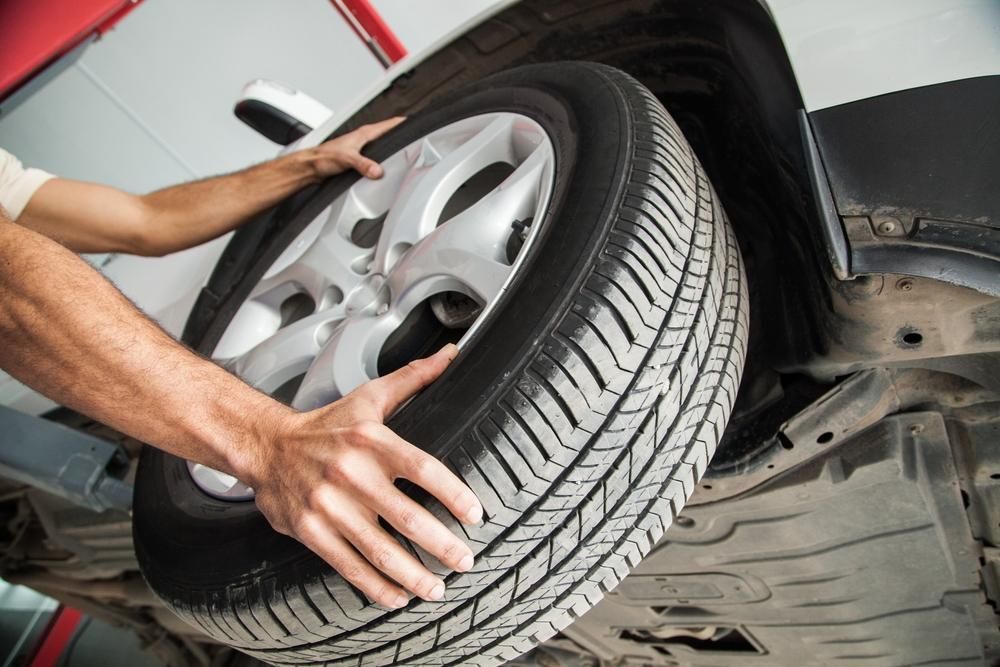
Tire tread gauges are relatively cheap tools that let you measure your tread in thirty-seconds of an inch. This will show you the exact measurement of your tire tread.
The penny test lets you estimate tread depth based on where the tread hits a penny. To do this test, take a penny, turn it upside-down, and insert it straight down in the groove of a tire’s tread. Look straight on at the penny to determine where the tread hits President Lincoln’s profile. If you can see his entire head, you’ve hit the mark and need new tires.
Just answer a few questions to get personalized results from our lending partners.
Estimated payoff amount
Regardless of how many miles they’ve driven, tires degrade over time and become more prone to failure. Factors like environmental conditions, storage and maintenance can influence how long a tire will last even if it’s only driven a few hundred miles a month.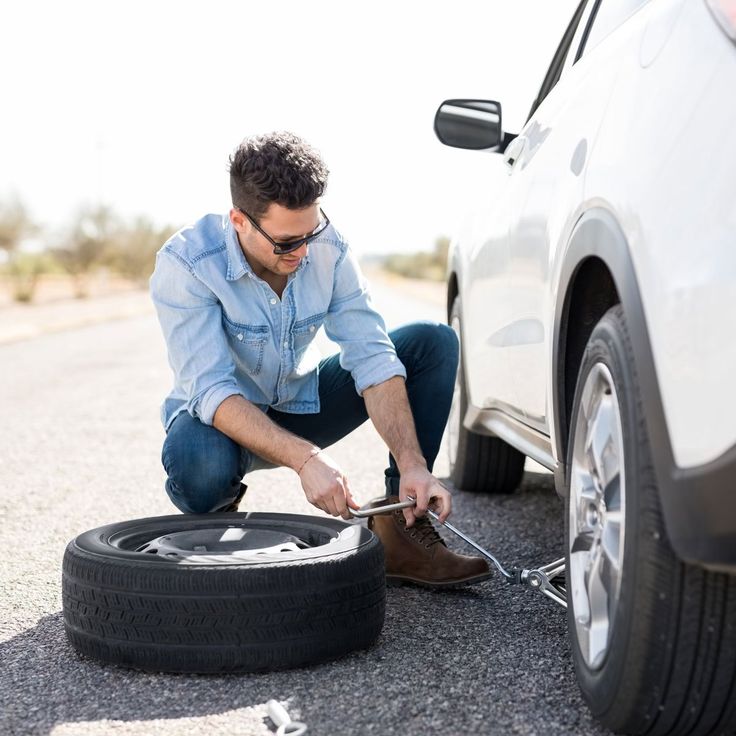
While there’s no set requirement for when to replace tires according to age, the general recommendation is to replace them six years after the manufacture date and to never drive on tires that are older than 10 years.
Easily compare personalized rates to see how much switching car insurance could save you.
ZIP Code
Of course there are other times when your tires are telling you it’s time for replacement despite what your tread measurement might say.
You moved to a new climate. Some tires are designed for specific conditions such as extreme temperatures. Winter tires, for example, have deeper tread and are meant to be more flexible in cold weather; driving them on warm pavement can wear them down more quickly. If you move to a new climate, pay attention to road conditions and weather patterns to determine if you need different tires.
You’re losing traction.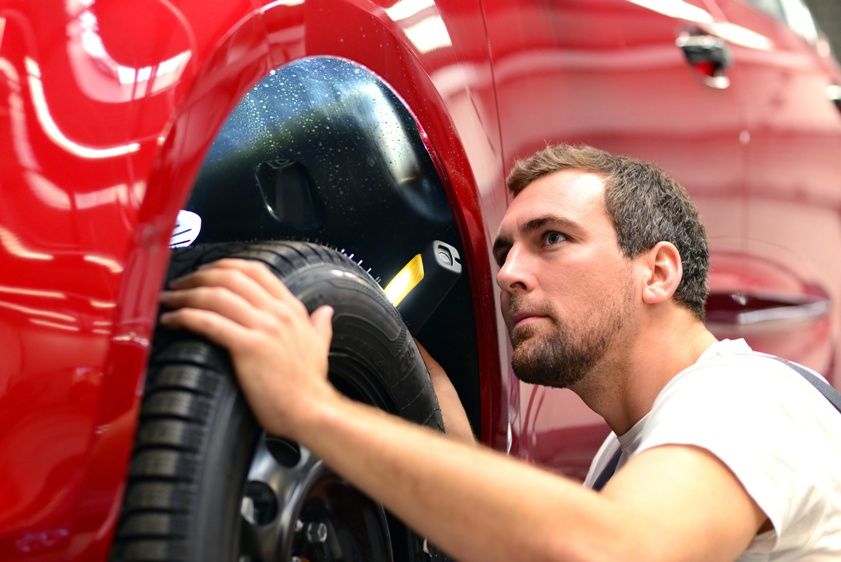 If it feels like your car is slipping or sliding during wet weather, this could be a sign of low tire tread that is failing to channel water away effectively. Because tire tread can wear unevenly, you might not notice that some of your tread has worn thin and is affecting your traction.
If it feels like your car is slipping or sliding during wet weather, this could be a sign of low tire tread that is failing to channel water away effectively. Because tire tread can wear unevenly, you might not notice that some of your tread has worn thin and is affecting your traction.
Most modern cars activate a warning light when your car loses traction. If you are seeing this warning light more frequently as time goes on, check the condition of your tires.
Your tires aren’t holding pressure like they should. Certain types of tire damage, including debris between the rim and the tire and damage to the sidewall, can cause continuous pressure loss. Some damage might be repairable, but some situations will call for new tires.
🤓Nerdy Tip
An average of 2% air loss in tires is common for every drop of 10 degrees in outside temperature. So don’t worry if your tire pressure varies a bit when it starts to get colder outside.
Frequently asked questions
How long do tires last on average?
On average, tires last about six years or between 36,000-75,000 miles. But the actual lifespan of tires varies with factors like climate, maintenance and driving habits. No matter how they look, tires should never be used longer than 10 years.
But the actual lifespan of tires varies with factors like climate, maintenance and driving habits. No matter how they look, tires should never be used longer than 10 years.
When should I really replace my tires?
You should consider replacing your tires when the tread has worn down below the recommended depth of 2/32nds of an inch or they’re over six years old. You might also need to replace your tires if you notice changes in how your tires perform. Losing traction and constantly having to air them back up are common issues with worn out tires.
Should you replace all four tires at once?
If you drive an all-wheel drive vehicle, you’ll likely need to replace all four tires at the same time to avoid affecting the vehicle’s drivetrain. In other types of vehicles, you have more options. If you’re needing to replace a damaged tire and the other tires still have substantial tread and are in good shape, you can replace just the one tire. Talk with a tire specialist about the best way to go about replacing tires if you’re unsure.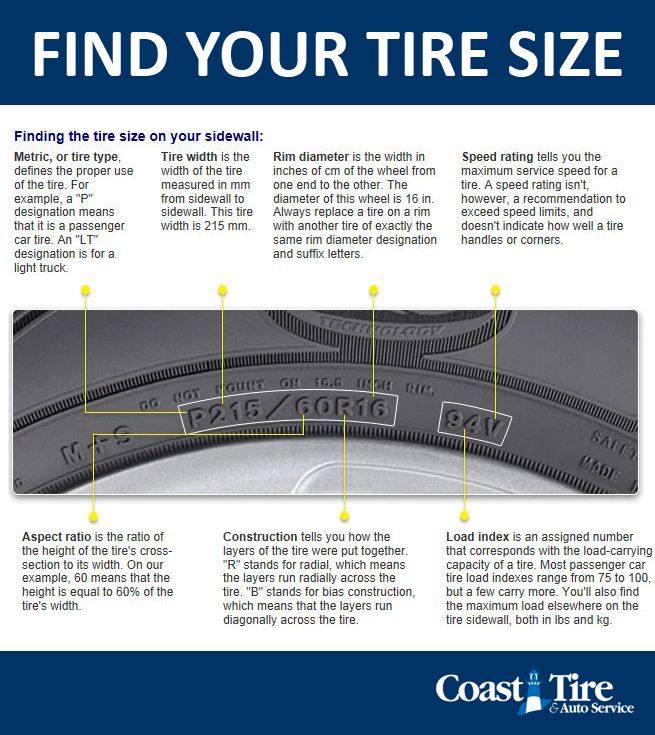
How often should you replace tires if you don’t drive much?
All tires will start to deteriorate over time. Even if they have very little mileage on them, their tread will start to become thinner. So while you might get more than the average five to six years out of a tire, always replace tires before they hit their 10-year anniversaries regardless of how often you drive.
About the author: Whitney Vandiver is a writer at NerdWallet currently focusing on car ownership and maintenance. She's previously written about small business and payments. Read more
On a similar note...
Get more smart money moves – straight to your inbox
Sign up and we’ll send you Nerdy articles about the money topics that matter most to you along with other ways to help you get more from your money.
Maybe you got a used car a few years ago or maybe you recently purchased a new car. No matter the situation, as a car-owner you may be wondering, how often should you replace your tires? When you should replace your tires differs slightly from vehicle to vehicle and driver to driver. However, there are a few standards that should help you determine when to change your tires next.
No matter the situation, as a car-owner you may be wondering, how often should you replace your tires? When you should replace your tires differs slightly from vehicle to vehicle and driver to driver. However, there are a few standards that should help you determine when to change your tires next.
When and how often you should change your tires depends on a few factors. When thinking about replacing your tires, ask yourself these questions:
Along with the answers from above, there are a few pieces of information you can grab from your vehicle to help determine the next time you should replace your tires. The following should only take a few minutes to find out.
Most car experts will tell you to change your tires every 6 years or so. If you are constantly driving, you may need to change your tires earlier. Likewise, if you don’t drive often you can get away with a few extra years.
If you are constantly driving, you may need to change your tires earlier. Likewise, if you don’t drive often you can get away with a few extra years.
For a car that you bought new, you can easily bet on changing your tires 6 years after your purchase. For used cars, you’ll likely need to look at the date printed on the tire.
To see when your tires were manufactured, look for a four-digit number sequence on the outside of the tire. This will tell you the week of the year in which they were made. For example, 1112 means that the tires were made in the 11th week of 2012.
Another good rule of thumb when it comes to tire replacement is to replace your tires every 25,000-50,000 miles. In most cars, you can check your total mileage on the dashboard.
Aside from time and mileage, you can always check if your tires look like they need to be replaced. To do so, get a quarter and insert it headfirst into the center of the tire tread.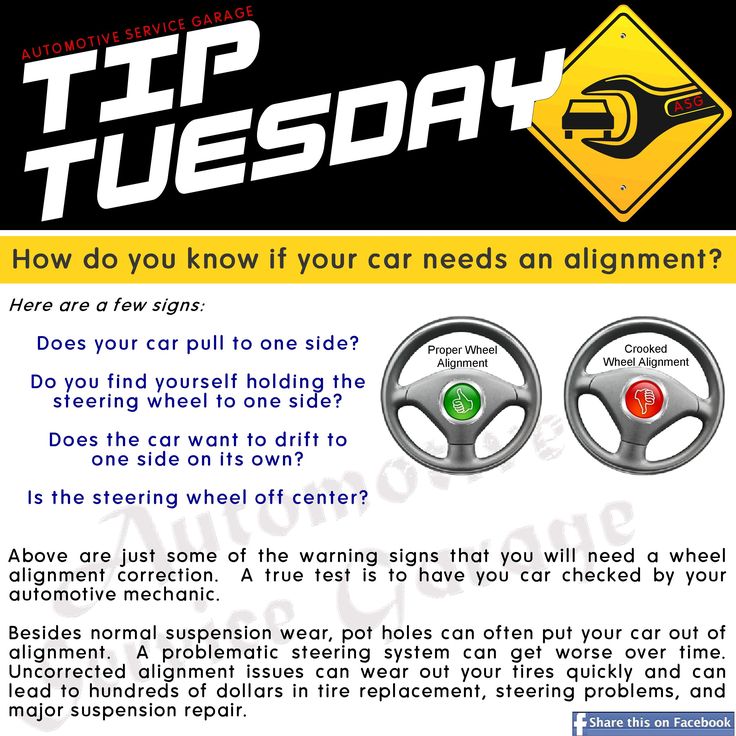 If Washington’s head is even with the tread, your tires are safe, but you need to get them replaced soon.
If Washington’s head is even with the tread, your tires are safe, but you need to get them replaced soon.
Doing the same trick with a penny, if Lincoln’s head is even with the tread, hopefully, you have some money saved up because you need to change your tires ASAP.
Another physical test to see if it’s time for a tire replacement is to be mindful of how your car feels when you are driving. Does the steering wheel feel smooth when driving, or does it vibrate or veer to one side over the other. If it does any of the latter, consider getting your tires changed.
While there are steps you can take to expand the lifespan of your tires, when they are worn out, you need to replace them. You can’t put off changing your tires, as it is a safety risk to you and other vehicles on the road. Old tires can affect the way your car breaks and stops, which can lead to accidents. Be a responsible car owner and replace your tires when needed.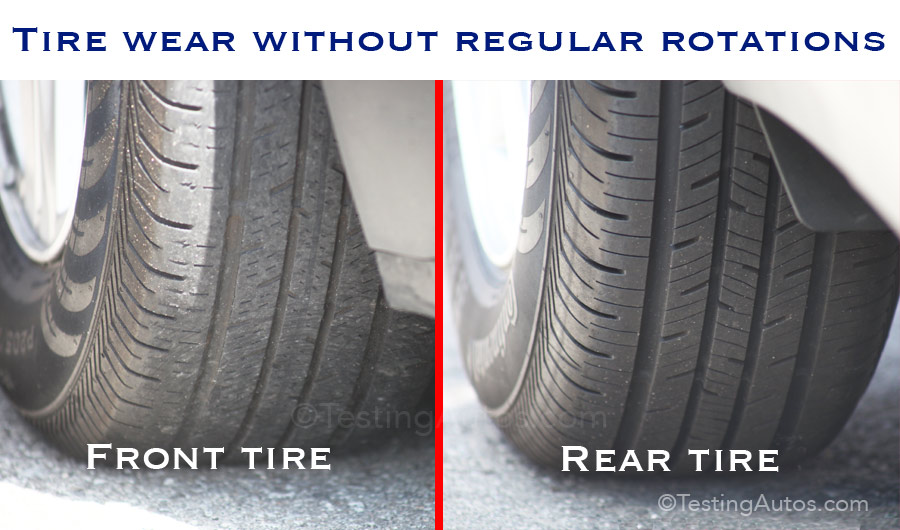
All car owners need to be on top of replacing their tires. How often should you replace your tires? It might vary from person to person, but there are standards in place to determine tire health. Is your car due for a tire replacement? Then check out Christian’s Tire Shop. We have all the name brands you could possibly want, right here in Albuquerque.
In central Russia, the first snow has already fallen and melted - a signal even for those who doubt that the time has come for a seasonal tire change on your car. Unfortunately, not for everyone. "Robb Report Russia" figured out when, how and what to change the shoes of the car on the eve of winter
A recent study by the auto.mail.ru portal, in which 15 thousand motorists took part, once again showed that a significant number of Russians have a completely wrong approach to replacing rubber.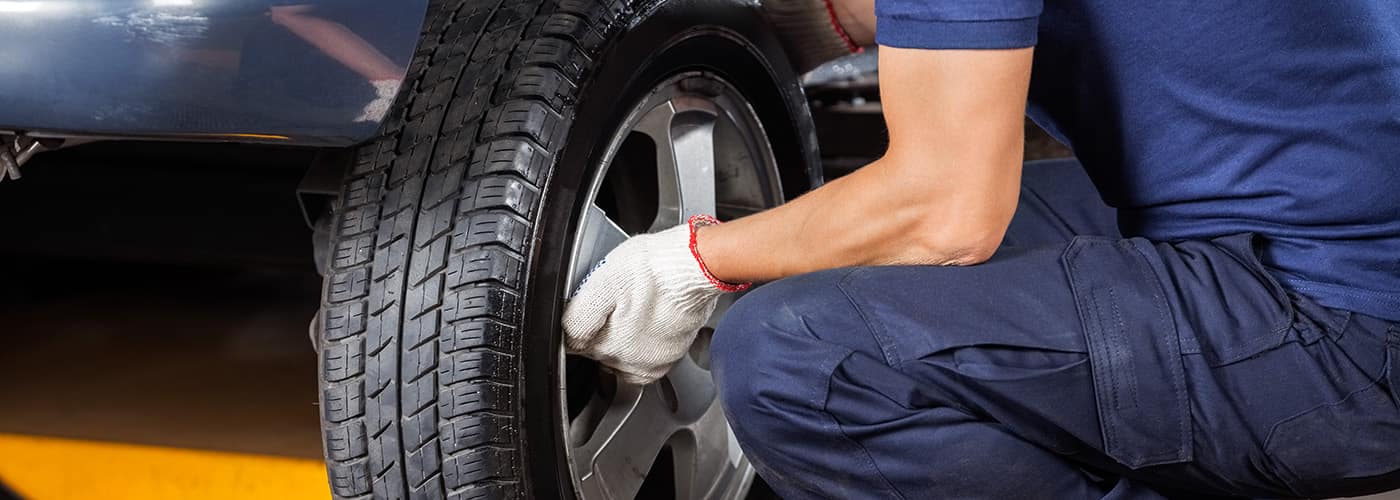 The vast majority (49%) change summer tires to winter tires only when the first frosts begin at night.
The vast majority (49%) change summer tires to winter tires only when the first frosts begin at night.
16% said that they change tires to winter tires only when there is a noticeable “minus” on the street during the day. After the first snowfall, 9% of respondents go to tire fitting. 3% of respondents continue to use summer tires in winter. And only 16% do not wait for the first cold weather and change their cars shoes long before the onset of frost.
It is necessary to change tires from summer to winter when the average daily temperature drops below +6…+7 degrees, even if there is no snow or frost. The fact is that at low temperatures, hard summer tires "tan" - lose their elasticity. Because of this, their grip properties are reduced, and consequently, the braking distance increases and the vehicle's handling deteriorates.
Many car owners continue to buy studded tires, even if they hardly travel outside the city. At the same time, they have to endure an increased noise level, the spikes themselves, when driving on dry asphalt, cause damage to the roadbed of city streets.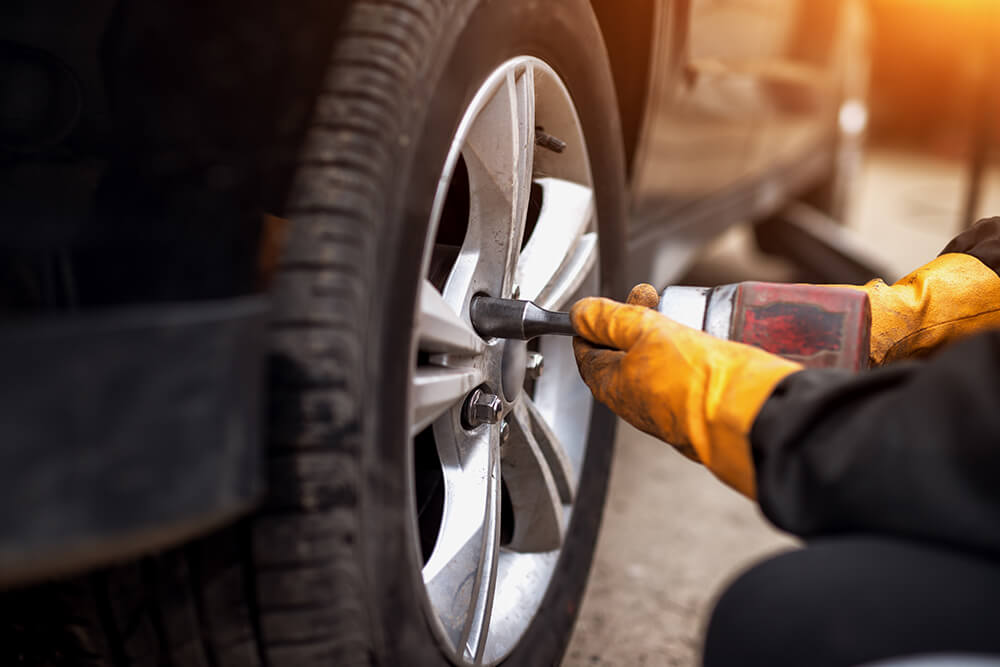 At the same time, spikes give a clear advantage only on bare ice. On all other types of coverage (dry and wet asphalt, snow and snow-water porridge), studded tires are either no better than friction (non-studded) tires, or inferior to them.
At the same time, spikes give a clear advantage only on bare ice. On all other types of coverage (dry and wet asphalt, snow and snow-water porridge), studded tires are either no better than friction (non-studded) tires, or inferior to them.
Therefore, when choosing winter tires, you need to honestly analyze your trips and understand how often you find yourself on bare ice. If you like to travel to neighboring regions in winter, you have a country house at a distance from the main highways, then spikes are justified. In other cases, we recommend paying attention to premium non-studded tires.
Fortunately, the proportion of studded tire enthusiasts in Russia is steadily declining, although this type of winter tire remains the most in demand. Studded tires are chosen by 61% of auto.mail.ru survey participants, while friction tires are chosen by 32%. All-season tires prefer to drive only 3% of respondents. Continue to use summer tires - 1%. They should not be immediately stigmatized, because in a number of Russian cities (Sochi, Grozny, Derbent) seasonal tire change is not mandatory.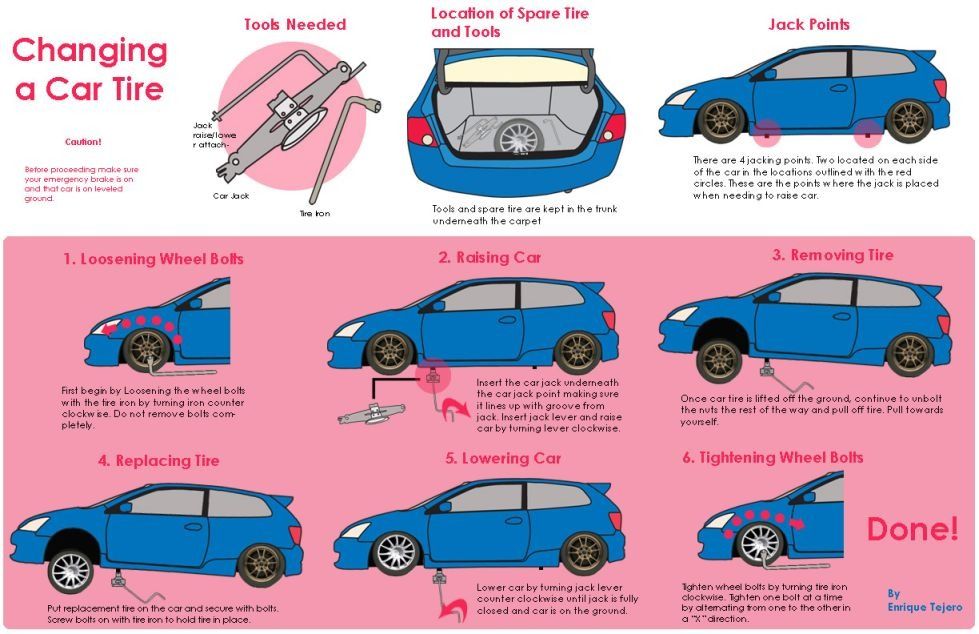
One of the main questions is whether you need to spend money on a second set of wheels, or you can just re-bead the wheels in spring and autumn. The answer is simple - you need to spend money. There is nothing useful for a car to hang on jacks twice a year, and tires do not need to be raped on an assembly machine, and they are less damaged when stored assembled.
When you change tires in the service, you may also be offered wheel straightening on special equipment. Do not give up - even on Moscow roads, rims, especially large diameter ones on low-profile tires, are damaged and lose their optimal shape. This leads to the fact that the tire sits worse on them and poisons the air. In addition, there is a barely noticeable vibration.
Winter tires, especially studded tires, are the most technologically advanced product in the entire tire industry. They should work well on at least five types of coatings and in a huge temperature range from -30 to +5 degrees Celsius. At the same time, many tasks look mutually exclusive: flotation on snow and acoustic comfort, braking on ice and handling on dry pavement. We improve one, the other deteriorates.
At the same time, many tasks look mutually exclusive: flotation on snow and acoustic comfort, braking on ice and handling on dry pavement. We improve one, the other deteriorates.
Only huge companies with extensive experience can create truly universal tires, and many of them, unfortunately, left Russia. A rare exception is Pirelli. The Italians not only did not leave our market, but did not even stop the work of their factories in Voronezh and Kirov.
Now the Italians offer a wide range of winter tires: Ice Zero 2 studded tires, Ice Zero FR friction tires and Scorpion Winter 2 designed specifically for off-road vehicles. Ice Zero 2 studded tires for the most extreme winter conditions guarantee the highest level of safety thanks to the patented double core, providing excellent grip and shorter braking distances on ice, on deep and packed snow, in snowy "porridge" conditions.
Ice Zero FR are addressed to those customers for whom it is important to maintain comfort and controllability at a high level.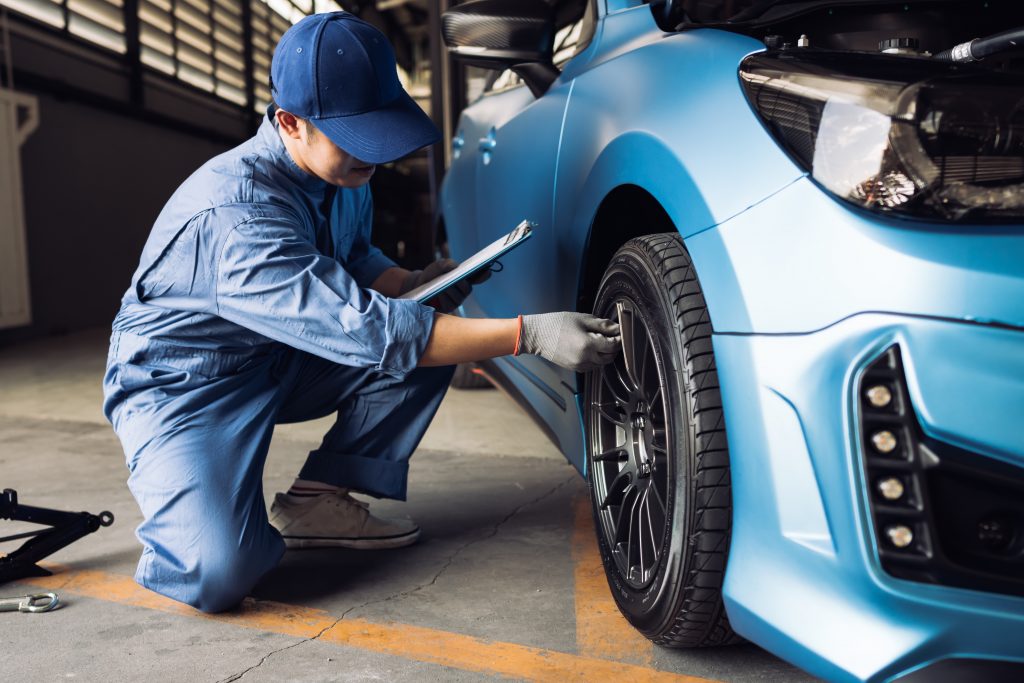 These tires are perfect for city dwellers who drive premium crossovers and SUVs.
These tires are perfect for city dwellers who drive premium crossovers and SUVs.
Scorpion Winter 2 is designed for today's high-performance SUVs that combine off-road capability with sportiness. These tires provide a high level of comfort, traction on snow and safety on wet pavement. The best choice for a premium SUV and crossover that spends most of its time in the city.
Decide what you need, go for winter tires as soon as possible and do not skimp on the safety of yourself and your loved ones. We have only one life.
SEE ALSO:
Super Studs: winter tires for Lamborghini and other special vehicles -drive iconic roadster
Rubber time: how to choose the right winter tires?
Do you want to follow the latest developments in the world of luxury? Subscribe to Robb Report Russia on Telegram and VKontakte.
Cars
Photo: Pirelli, auto.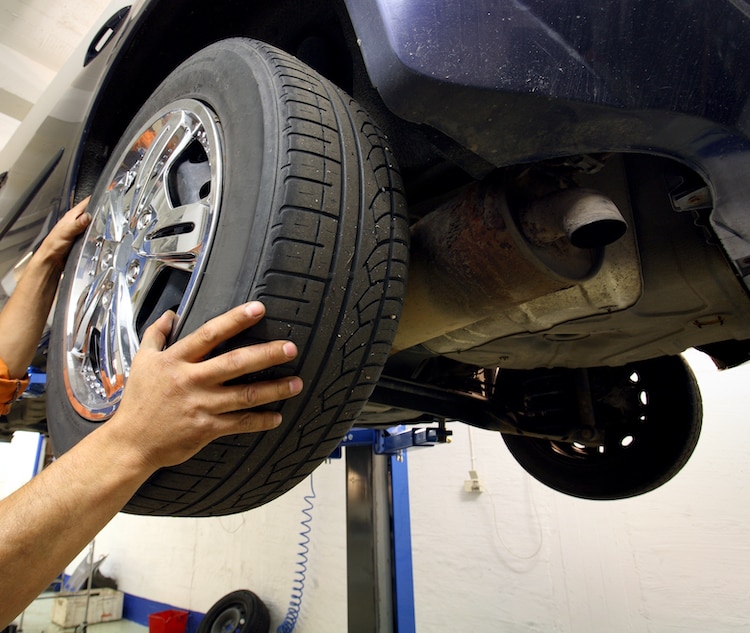 mail.ru
mail.ru
Text: Anton Shiryaev
Changing shoes is the hottest topic for motorists during the off-season. In spring and autumn, queues traditionally line up at tire fitting points. But not everyone wants to participate in this ritual: having collected a second set of tires and wheels, many car owners change the wheels themselves. Let's talk about how to do it right - especially since every driver has to change a wheel on the road sooner or later.
To remove a wheel from the car, you first need to get it off the ground - make sure you have a good jack for this. A regular factory jack is in any car, but still it is intended for emergency replacement of a flat tire, and not for regular tire fitting. If you change all the wheels yourself twice a year, it is better to buy a jack more convenient and reliable than a regular one.
Rolling jack is a great solution if you have a garage; you will immediately appreciate its convenience. It is rolling jacks that are used at tire shops, where the speed of work comes first. A few moves and the wheel is already in the air! After a little practice, with the help of a rolling jack, simultaneously hang out two wheels at once - but you must definitely use wheel chocks (stops).
Learn more about how to choose a car jack.
Drivers often ask themselves: why is the car's standard cylinder key so inconvenient? The answer is simple: the length of the wrench is chosen so as not to exceed the tightening torque of the wheel nuts (100-110 Nm for passenger cars). But loosening stuck nuts often requires more force! In addition, the driver is different for the driver: for example, it will be difficult for a girl to tighten the wheel nuts to the nominal torque with a regular wrench. And don't say you haven't seen girls changing wheels.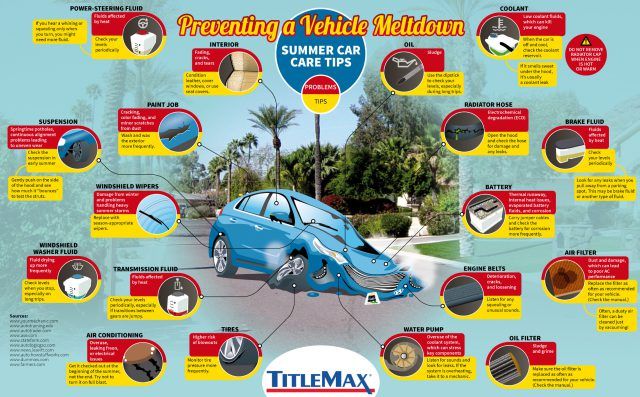
In order not to have to kick the wrench or jump on it (which threatens to break the wheel studs), buy a reinforced wheel wrench: elongated or telescopic. When tightening nuts with such a wrench, you do not need to be zealous - remember the maximum tightening torque. And it will be much easier to unscrew the nuts.
When changing tyres, remember to rotate them to ensure even wear. Usually tires with a large tread remain on the drive axle, because there they wear out more intensively. If the car is all-wheel drive, proceed from the design features of 4WD: the original front-wheel drive car with a connected “rear” wears out the front tires more, and the original rear-wheel drive car wears the rear tires.
Tire rotation is more competently performed according to the instructions for the car - but for this you need to mark each of the wheels in advance (for example, with a marker on the inside of the disk). Examples of standard rotation patterns are shown below, and it is recommended to swap tires for even wear every 10,000 km.
On rear- and all-wheel drive vehicles, the front tires are moved to the rear axle diagonally (Diagram A) or are changed crosswise (B). On machines with front-wheel drive, the opposite is true: the rear tires are moved diagonally forward (diagram C).
Tires with a directional tread pattern cannot be turned without overbeading. To rotate them without removing them from the disks, the front wheels are simply swapped with the rear wheels on each side of the car (Diagram D).
If the car is equipped with a full-size spare tire, not a spare tire, and you have bought a set of five new tires, be sure to include the spare tire in the rotation (diagrams E and F). This will allow you to use the kit longer and easily replace any of the main ones with a spare wheel in case of damage, because their wear will be the same. Thanks to this scheme, buying five tires is more profitable than four, due to the longer operation of the kit.
After removing the wheel, clean the wheel studs with a wire brush and brake cleaner.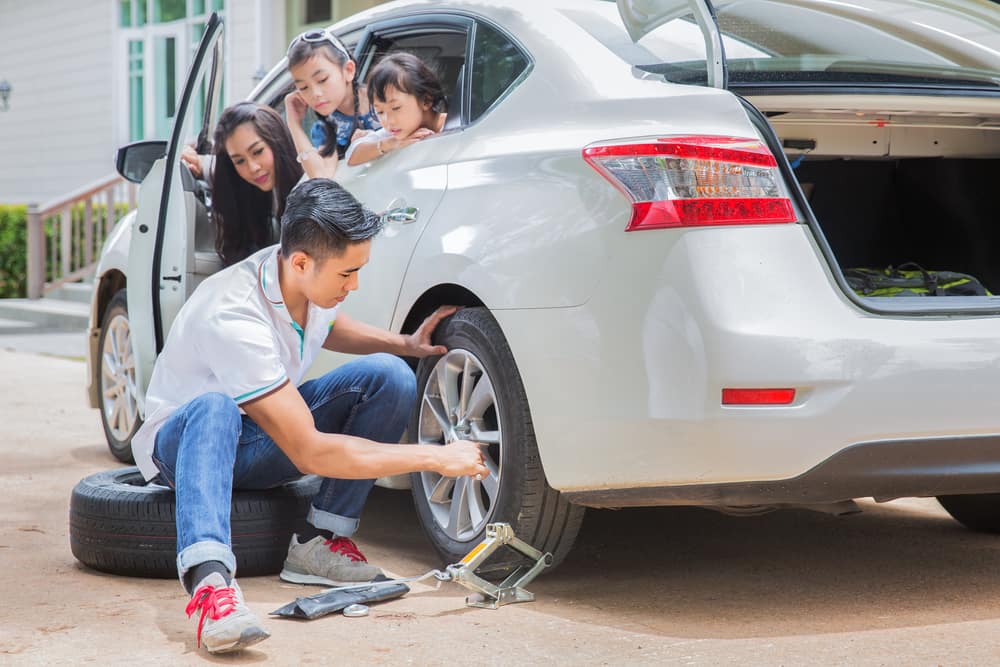 You also need to clean and grease the mating surface of the hub with graphite grease so that the rim does not stick to it. Graphite is chemically neutral, does not interact with nickel and chromium, therefore it does not oxidize and does not damage rims.
You also need to clean and grease the mating surface of the hub with graphite grease so that the rim does not stick to it. Graphite is chemically neutral, does not interact with nickel and chromium, therefore it does not oxidize and does not damage rims.
Whether it is necessary to lubricate the studs themselves is an open question: some automakers recommend it, while others directly prohibit it. If you use standard wheel nuts with a cone, which attract the disk well, and observe the tightening torque, then there will be no harm from a small amount of graphite grease on the studs - most importantly, do not use other types of lubricants (for example, lithium) in this assembly.
The wheel mounted on the hub is tightened crosswise (4 studs) or with an asterisk (5 and 6 studs), moving from each nut to the opposite one, and not to the next one - this way the even tightening is achieved.
The wheel nut tightening torque for most cars is 100-110 Nm, SUVs: 120-150 Nm. The exact parameters for tightening the nuts are indicated in the instructions for the car, and to withstand them, use a torque wrench. Of course, not all motorists have it. Without a “speaker”, be guided by the length of a regular wheelbarrow wrench and common sense: do not use the pipe as a lever and do not press on the wrench with your foot.
The exact parameters for tightening the nuts are indicated in the instructions for the car, and to withstand them, use a torque wrench. Of course, not all motorists have it. Without a “speaker”, be guided by the length of a regular wheelbarrow wrench and common sense: do not use the pipe as a lever and do not press on the wrench with your foot.
Tire pressure may change after six months of storage - be sure to check it after installing all the wheels using a manual pressure gauge. Pressure is always measured with cold tires. If the pressure in the tires is different, equalize it with a compressor, otherwise the car will pull to the side when driving.
Learn more about tire pressure: how and why to measure it.
The removed set of wheels must be stored correctly until the next season. This requires a well-ventilated, dry area, protected from the sun and precipitation - for example, an indoor heated parking lot. Private garages are not always suitable: if the roof leaks after every rain, then the humidity will destroy the paint on the rims in six months. Too dry air is the other extreme: rubber in such conditions ages intensively, cracks and cracks. Optimum humidity for wheel storage: 55-65% at 20-25°C. Such indicators are maintained all year round in the Tire Hotel Giperavto, a special warehouse for seasonal storage of wheels.
Private garages are not always suitable: if the roof leaks after every rain, then the humidity will destroy the paint on the rims in six months. Too dry air is the other extreme: rubber in such conditions ages intensively, cracks and cracks. Optimum humidity for wheel storage: 55-65% at 20-25°C. Such indicators are maintained all year round in the Tire Hotel Giperavto, a special warehouse for seasonal storage of wheels.
Tires and assembled wheels (tires on rims) are stored differently. Without disks, tires are stored vertically: they are placed in a row, periodically turning over to change the fulcrum. Tires on disks are placed in horizontal stacks of 2 wheels or suspended. Improper storage can lead to tire deformation and serious problems during further use.
The main thing when changing tires yourself is not to rush anywhere: expect the process to take 1.5-2 hours. If you want to change the shoes of the car faster, welcome to the Hyperauto tire fitting with an appointment - they are guaranteed to do everything right.